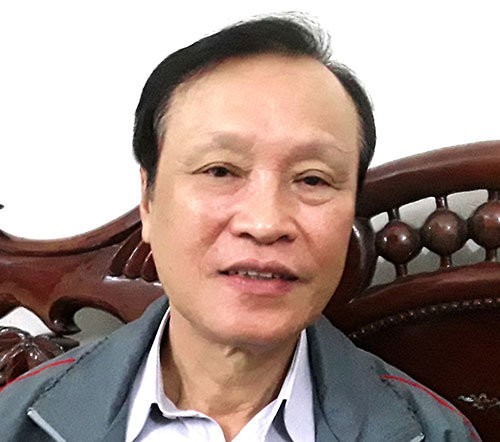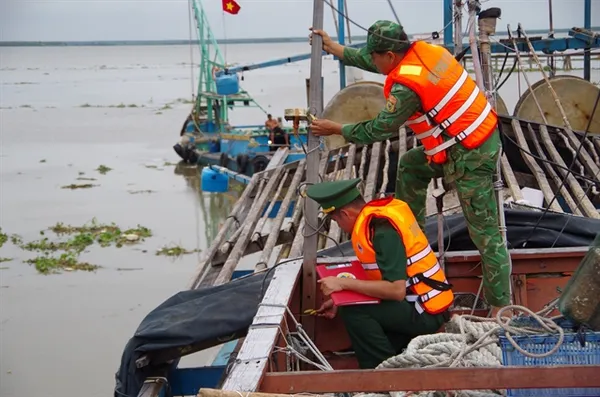 Opinion
Opinion

Đặng Đình Thống, deputy director of the Institute for Clean Energy, tells the newspaper Tuổi Trẻ (Youth) about Việt Nam’s big potential to develop renewable energy sources.
 |
| Đặng Đình Thống |
Đặng Đình Thống, deputy director of the Institute for Clean Energy, tells the newspaper Tuổi Trẻ (Youth) about Việt Nam’s big potential to develop renewable energy sources.
Việt Nam is a tropical country with great potential for the development of renewable energy, but not many enterprises have expressed their interest in development. Why?
We currently have 46 investors expressing their interest in developing wind energy, but only 3 or 4 projects have been executed. For example, in Bạc Liêu southern province, a 99.2 MW wind energy plant by has recently been completed. Meanwhile the Tuy Phong wind energy project in the southern province of Bình Thuận has a design capacity of 120 MW, but currently it operates only at one third of its capacity.
There are fewer solar investment projects. For example, in Côn Đảo Island there is one project with designed capacity of 30 MW. However, a few investors have expressed their interest in developing solar energy projects in Việt Nam. More recently, a Doha investor from South Korea has approached the Quảng Bình Provincial People’s Committee to ask for 1,000 ha to build a 550 MW solar energy plant there.
Lastly, as of now there is no investor expressing interest in bio mass energy.
Many potential investors have expressed interest in renewable energy development in our country, but only a few has been executed. Do you think that the cost and effectiveness that Việt Nam offers is not attractive enough?
I can’t agree more. Currently, the Electricity of Việt Nam (EVN) is the buyer of the electricity produced from the Tuy Phong Wind Energy Plant with a price of 7.8 cents per kWh ,while the EVN offers the Bạc Liêu Solar Energy Plant 9.8s cent per kWh.
I should say that our policy for solar energy development is varied from locality to locality. This has hindered potential investors. I recently conducted a survey and realised that quite a few investors who have already invested in solar energy production have faced difficulties from investment preparation to electric power EVN sales due to bureaucratic practices from different Vietnamese administrative echelons. This has led to what some would deem “bribery”.
Do you mean that the bottle neck here lies within the human factor and the working mechanism?
Yes! I have to admit that Vietnamese officials’ renewable energy project appraisal capacity is limited. Their knowledge about renewable energy is very poor. This is a key problem leading to the slow project proposal approval. In some cases, it led to “wrong decisions” making the projects less efficient.
Solar energy is very popular in many countries, but not in Việt Nam. Why?
We have received quite a few consultancy requests on the installation of solar panels from many home owners. But the problem is that individual households in Việt Nam don’t have any facility to store energy for use when there is no sunlight. In other countries, local authorities are willing to buy surplus energy from local residents and then sell it back to them when they need it. This is a very good practice and the EVN should learn from them. To my understanding, the cost of investment is just about VNĐ100 million ($4,400) – equivalent to VNĐ26 million/kW. This sum is affordable to many households.
What policies does Việt Nam need to implement to promote the development of renewable energy?
In my opinion, Việt Nam needs a transparency and accountability policy on the development of renewal energy. After having the policy in place, good management and practice are key.
The Ministry of Industry and Trade has proposed the price of 11.4 cents per kWh for both wind energy and solar energy and 15 cents for solar energy on the house roof per kWh. If this proposal is accepted, I think there will be many potential investors for the clean and renewable energy in Việt Nam. — VNS




